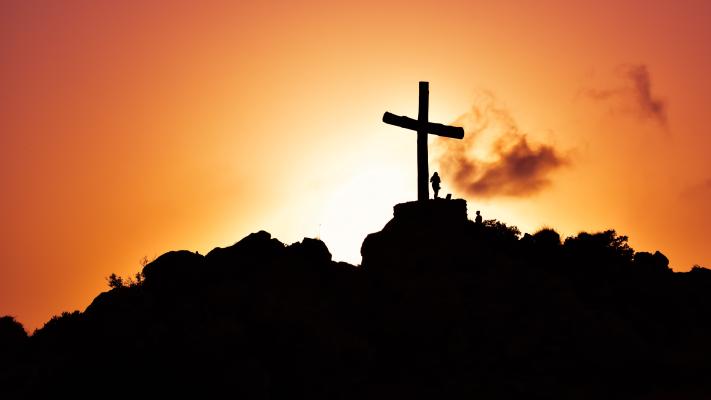Forgotten Origins: The Lost Jewish History of Jesus and Early Christianity
From the Pulpit
By Jane Norris Ed D
Immanuel Baptist Church Fort Stockton
This book begins with the earliest history of the Jewish people. It is interesting even if somewhat difficult to follow. Mr. Gutierrez uses a very impressive vocabulary and bibliography.
The author states that the Jewish people were a more cohesive group when they were released from Egyptian captivity and wandered in the wilderness. After their settlement of the Land of Milk and Honey various factions became more prominent and thus eventually led to the formation of the two kingdoms as recorded in First and Second Kings in the Bible.
The first temple period, before 516 BCE, the priesthood was dependent upon the kings and leadership for support. According to Wikipedia the second temple period of Jewish history was from 516 BCE to 70 CE. This was a time when the priests became more independent leading to change.
Mr. Gutierrez states that the period of the second temple is most influential on the Israelite population just before the birth of Jesus of Nazareth, who Christians accept as the Messiah and the cornerstone of Christianity.
The author spends a lot of time exploring the often subtle differences in the different groups. These include Zodakite, Enochic, and Prophetic Judaism as well as the Parasees, Sadducees, Zealots, Essines, and Samaritans. Some of these groups are familiar from Bible passages.
“The rise of sectarian movements including Jewish Christians in the second temple era, should be reviewed in light of changing views on biblical texts, and their interpretations. …. For most of these movements, with the possible exception of the Enochic circles, the revelation of the Torah was the defining element of Jewish identity (p.210).” The author also states the we need to include Jewish theology and Jewish expressions to more closely define this population.
“The earliest followers of Jesus considered themselves Jews and were seen as Jewish by the surrounding communities…. (p.255).” Many were Galileans rather than Judeans. Mr. Gutierrez continues stating that the earliest Jesus groups in Galilee and Judea stayed connected to the Temple and its rituals attending services there. “Jews and non Jews throughout the known world supported the Temple in Jerusalem. The synagogue, the small outposts of Jesus believers in the Diaspora, drew non Jews as well. A realization of its spirit and responsibilities delicately shaped Jewish views of non-Jews, and its fragile political and social limitations (pp 344-345)” These super close ties to its Jewish roots continued until the third and fourth centuries until the exposure to the non-Jewish world became more prevalent and the church as we know it today was drawn away from its earliest roots. The recent interest in Jewish Festivals and holidays led to the curiosity of the early church history. This book was read in a digital (Kindle) format.



